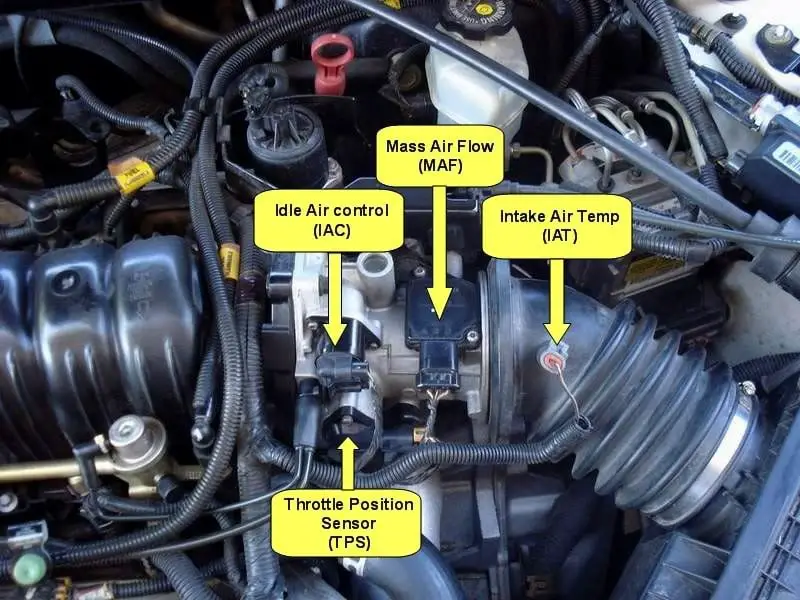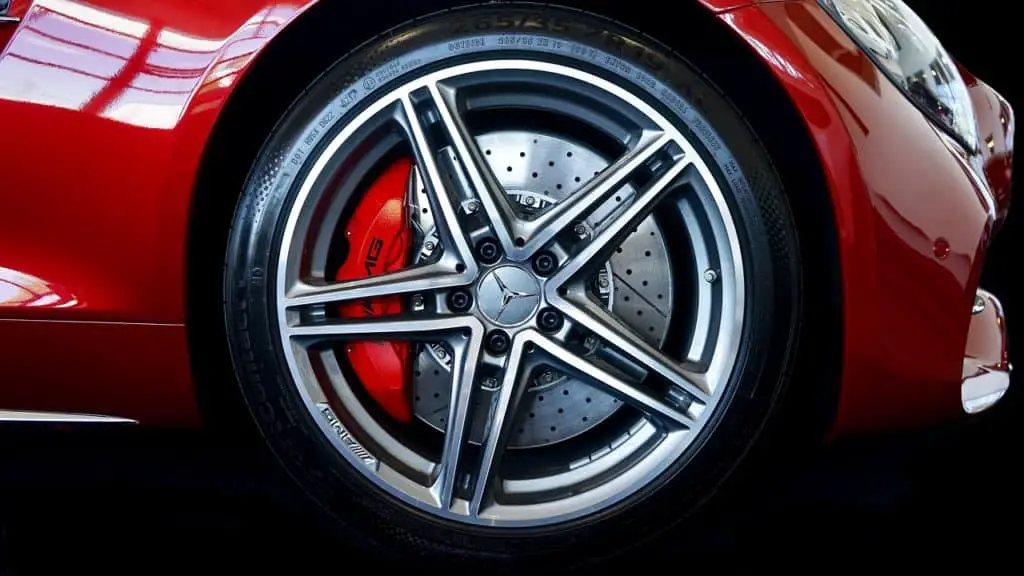- How to Clean Car Carpets Quickly (Without An Extractor) - July 10, 2024
- Can You Touch Up Clear Coat On A Car? Yes and No (Here’s Why) - November 25, 2023
- How To Wax A Car By Hand (For Beginners) - November 14, 2023
Last Updated on January 17, 2025 by Nate Schnell
The mass air flow (MAF) sensor is an essential component of your vehicle’s air intake system. It measures the amount of air entering the engine, providing critical data to the engine control unit (ECU) to ensure the correct air-fuel mixture for optimal performance. Over time, dirt and debris can accumulate on the MAF sensor, leading to poor performance, reduced fuel efficiency, and other engine issues. In this guide, we’ll cover everything you need to know about cleaning a MAF sensor safely and effectively.
Why Clean a Mass Air Flow Sensor?
A dirty MAF sensor can cause several issues, including:
- Check Engine Light: A malfunctioning MAF sensor can trigger the check engine light.
- Poor Fuel Efficiency: Incorrect air readings can lead to an imbalance in the air-fuel mixture, reducing fuel economy.
- Erratic Idling: A dirty sensor may disrupt airflow, causing the engine to idle unpredictably.
- Hard Starting: Inadequate air intake data can make it difficult for the engine to start.
Regular cleaning can prevent these problems and extend the life of your MAF sensor.
How to Locate the MAF Sensor
The MAF sensor is typically located between the air filter box and the throttle body. Here’s how to find it:
- Open your vehicle’s hood and locate the air intake system.
- Identify the air filter box, then trace the tubing leading to the throttle body.
- The MAF sensor is usually mounted in the tubing near the air filter.
Tools and Materials Needed
Before cleaning your MAF sensor, gather the following tools and materials:
- MAF sensor cleaner (specifically designed for this purpose)
- A screwdriver or socket wrench (to remove the sensor)
- Protective gloves
- A clean, lint-free cloth or microfiber towel
- Optional: Isopropyl alcohol for manual cleaning
Step-by-Step Guide to Cleaning a MAF Sensor
1. Disconnect the Battery
To prevent electrical damage, disconnect the negative terminal of your vehicle’s battery before working on the MAF sensor.
2. Remove the MAF Sensor
- Unscrew or unclip the MAF sensor from its housing.
- Carefully unplug any electrical connectors attached to the sensor.
3. Inspect the Sensor
Examine the sensor for visible dirt, debris, or damage. If the sensor appears damaged, consider replacing it instead of cleaning.
4. Apply MAF Sensor Cleaner
- Hold the sensor upright and spray the cleaner directly onto the sensor elements (usually wires or plates).
- Avoid touching the sensor elements with your hands or any tools.
- Allow the cleaner to dissolve and remove dirt for a few minutes.
5. Optional: Manual Cleaning with Alcohol
- If necessary, use a cotton swab dipped in isopropyl alcohol to gently clean stubborn debris.
- Be careful not to bend or damage the sensor elements.
6. Let the Sensor Dry
Allow the sensor to air dry completely. Do not use compressed air or heat, as these can damage the sensor.
7. Reinstall the Sensor
- Reattach the MAF sensor to its housing and reconnect any electrical connectors.
- Ensure all screws or clips are securely fastened.
8. Reconnect the Battery and Test
Reconnect the negative terminal of the battery and start your car. Check for any warning lights and observe engine performance.
Alternative Cleaning Methods
If MAF sensor cleaner is unavailable, you can use:
- Isopropyl Alcohol: Effective for dissolving dirt and grease.
- Brake Cleaner: Use cautiously, as it’s more caustic than MAF sensor cleaner.
Always ensure the sensor is completely dry before reinstallation.
Symptoms of a Dirty MAF Sensor
Recognizing the symptoms of a dirty MAF sensor can help you address issues promptly. Look out for:
- A check engine light
- Poor gas mileage
- Erratic idling
- Hard starting
Common Causes of MAF Sensor Problems
- Dirt and Debris: Accumulation on sensor elements can obstruct accurate readings.
- Damaged Air Filter: A clogged or torn air filter can allow contaminants to reach the MAF sensor.
- Oil Residue: Excessive oil from aftermarket air filters can coat the sensor.
Preventing Future Issues
- Replace Air Filters Regularly: A clean air filter minimizes the risk of debris reaching the MAF sensor.
- Use High-Quality Fuel: Reduces buildup in the intake system.
- Avoid Over-Oiling Air Filters: Prevents oil residue from contaminating the sensor.
Conclusion
Cleaning your MAF sensor is a simple yet essential maintenance task that can restore your car’s performance and fuel efficiency. By following the steps outlined above, you can safely clean your MAF sensor and avoid costly repairs. Remember to clean the sensor as part of your routine vehicle maintenance to ensure optimal engine performance.



